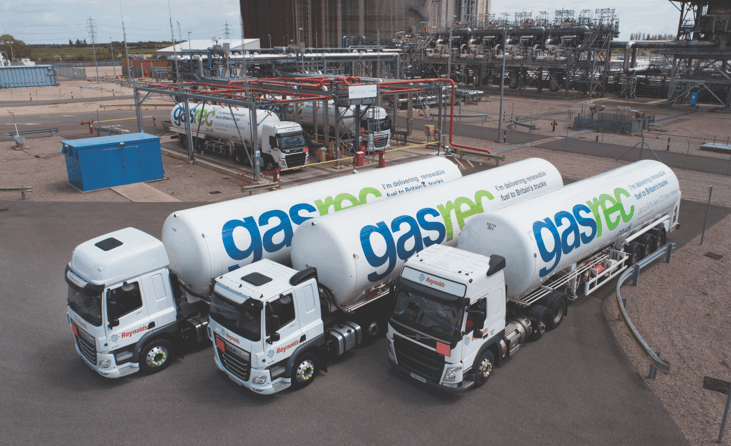In focus… How sustainable natural gas is gaining ground
Liquefied natural gas is primarily a fossil fuel, with huge gas deposits accounting for most of the world’s LNG supply today. But that is changing, as sustainability takes centre stage and the push to achieve Net Zero gathers momentum.
Sustainable natural gas – commonly known as biomethane, or renewable natural gas in North America – is biogenic in origin yet has essentially the same chemistry as fossil-derived methane. Crucially, that means it can be used in existing natual gas engines and infrastructure, while delivering deep emissions cuts compared with diesel, for which it is often a replacement, at least in transport.
Where are we at? In heavy transport, biomethane is increasingly viewed as one of the few viable low-carbon fuels that can be deployed at scale today. Unlike battery-electric or hydrogen, which face challenges on range, payload and cost, biomethane, often labelled as bioLNG in this context, offers operators a route to decarbonise without changing core operations. That is why retailers, supermarkets, and hauliers have begun making large fleet commitments – and why infrastructure providers are racing to keep pace.
Policy support is also gathering momentum. The EU has set out ambitions to produce 35 billion cubic metres of biomethane by 2030, while in the UK, the government’s transport decarbonisation strategy highlights biomethane as a practical alternative for heavy goods vehicles.
... to continue reading you must be subscribed
























